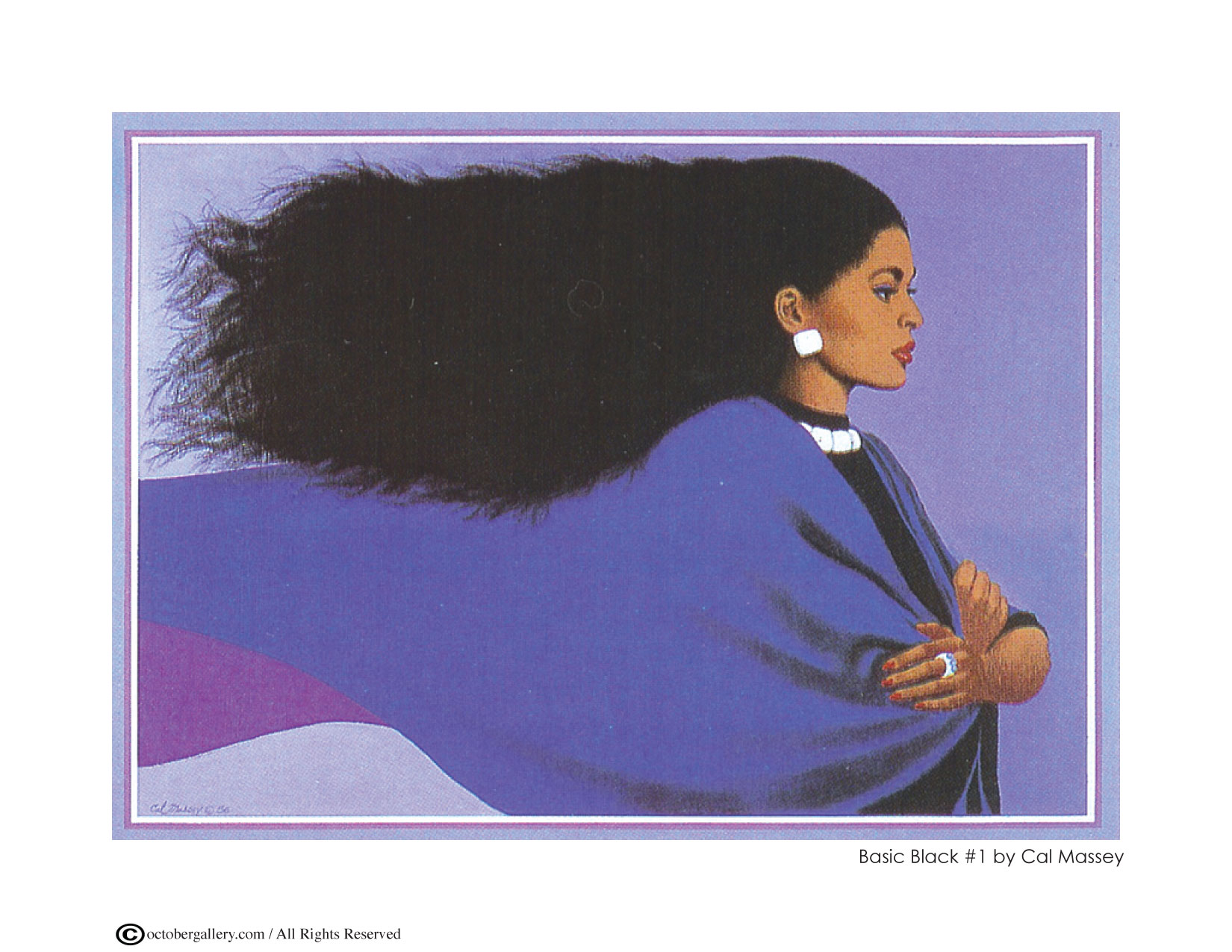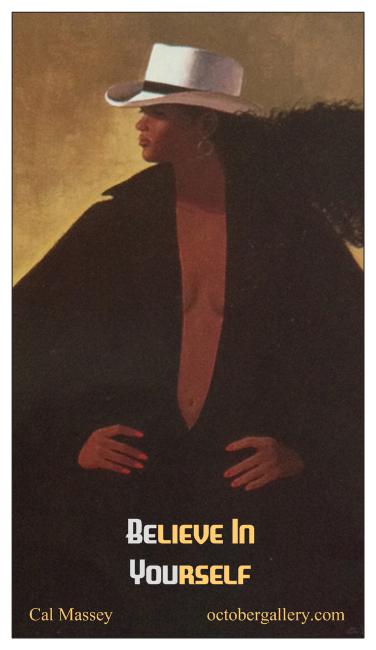Maybe it was The Cosby Show, said influential gallery owner Mercer Redcross.
Hanging on the walls of the Huxtables’ home was the work of African American artists, Redcross said, and African Americans in the 1980s took note.
Or perhaps it was simply the inevitable flow of history that finally produced a sizable art-buying community among U.S. blacks, he said.
Either way, what observers call a rising class of art-savvy African Americans could be seen inside Temple’s Liacouras Center this weekend at the 18th annual Philadelphia International Art Expo. The expo is said to be the largest venue for black artists in the United States, attracting 40,000 to 50,000 visitors from Friday to its closing last night.
“We came from the paradigm that art was for the museum,” Redcross said. “It was for white people. We couldn’t afford it.”
“When Bill Cosby had his show, you suddenly saw African American art hanging behind the sofa, instead of European art. . . . [African Americans] have our Picassos, we have our Miros, we have our Chagalls. But we had to get African Americans to put buying art in the same league as going to Bermuda, buying a BMW or a Louis Vuitton bag.”
So while Cosby was ruling prime time in 1985, Redcross, the owner of Old City’s October Gallery, launched the expo in a hotel conference room and prayed for a day that, by this weekend, had clearly arrived. Yesterday afternoon, the 150 artists’ booths were so thronged with eager buyers one could only barely walk between them.
But what, exactly, were they buying?
One answer came from the 77-year-old Philadelphia artist the others call “the godfather,” Cal Massey. His claim to fame says much about the direction of African American popular art today.
“In 1987, I did the first black angel sold commercially in America,” Massey said. “Through Essence magazine, it sold 10,000 copies. I’ve sold another 5,000 myself since then.”
Massey’s Angel Heart is a straightforward portrait of a female angel floating in space, with an expansive halo of kinky black hair, feathery wings, and one arm extended in a benediction.
“None of the great Renaissance or other European painters ever did a black angel,” Massey said. “So I just did one.” Demand for the piece – sold in $20 black-and-white prints or $350 framed versions – has never let up.
“This was my son’s favorite picture,” said Freda Vickers, 47, of Yeadon. Her son, Coy, died some years ago in an automobile accident. The artistic young man even drew his own version, which still hangs in Vickers’ home. Yesterday she bought an $85 print of the Massey original.
“There was something about her hair that he just loved,” Vickers said.
Massey, Redcross and other artists agreed yesterday that, much like Vickers’ son, the typical African American art buyer seeks out depictions of black life.
“In the 1950s, black women did not know how beautiful they were,” Massey said. “The only way you could tell them was through art. Through the eyes of the artist, this new sense of pride comes about.
“That is why they buy my work.”
Said Redcross: “With the African American buyer, there is one word: culture.”
Indeed, certain images were ubiquitous at the Expo: Muhammad Ali, buffalo soldiers, alluring Egyptian palace women, the black Jesus Christ, the black Last Supper, Oprah Winfrey and Tupac Shakur.
But there were also Bisa Butler’s striking and inventive fabric collages. Others artists worked in abstract shapes or with shimmering computer graphics.
Towering above the booths was a tree-like African mask sculpture hewn from wood, with chain links dangling to the floor from two slender horns. And an artist called Kolongi sold dense prints of hip-hop stars – Notorious B.I.G., Snoop Dogg, Missy Elliott, Jay-Z – as many as 60 faces crammed on a single canvas so tight the total image was halfway to abstraction.
It is all evidence, Redcross said, that his hard work over 18 years to build an art-buying community in Philadelphia has paid off.
“If 40,000 or 50,000 African Americans are willing to take time out to come to an art event, it is not a coincidence,” Redcross said. “It shows people are ready to claim their culture.”
Contact staff writer Matthew P. Blanchard at 610-313-8120 or mblanchard@phillynews.com.


